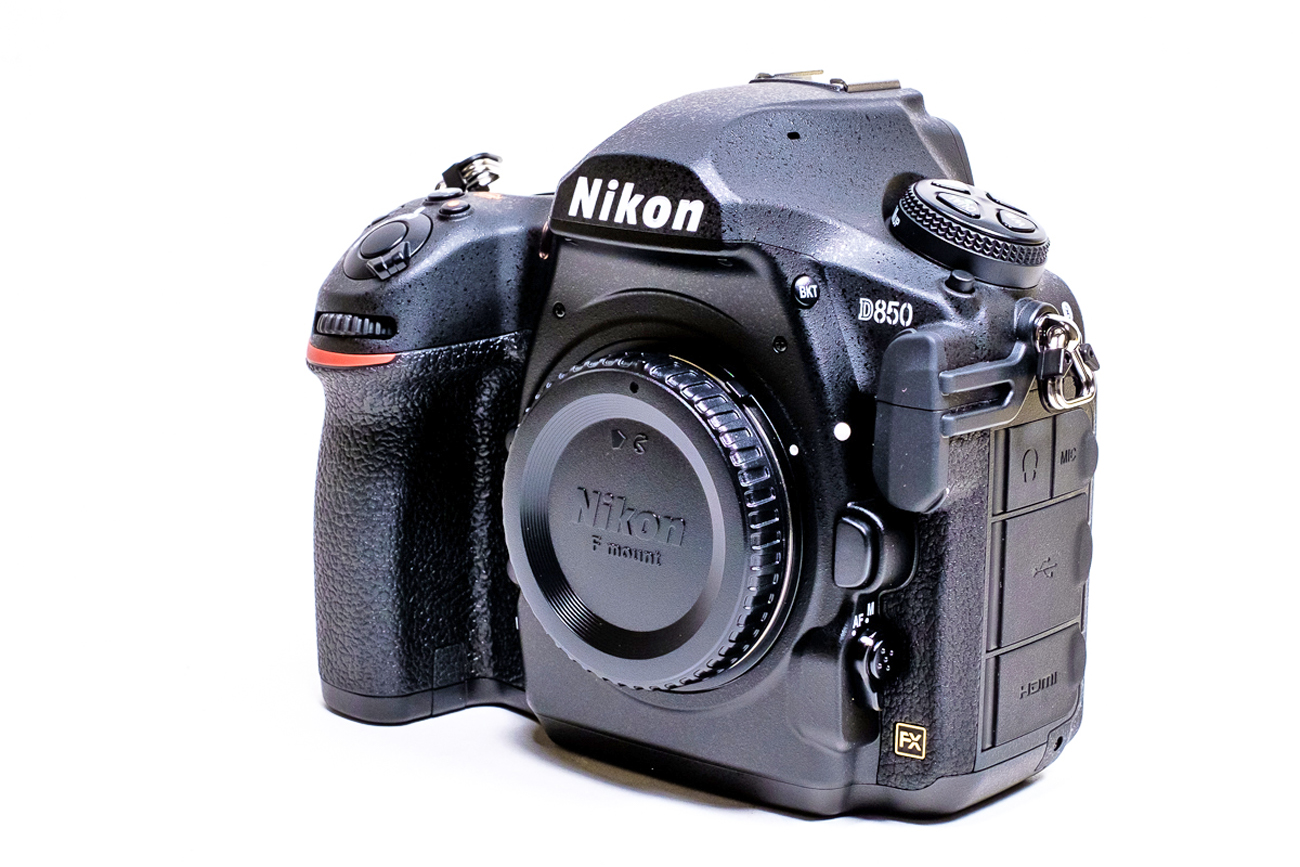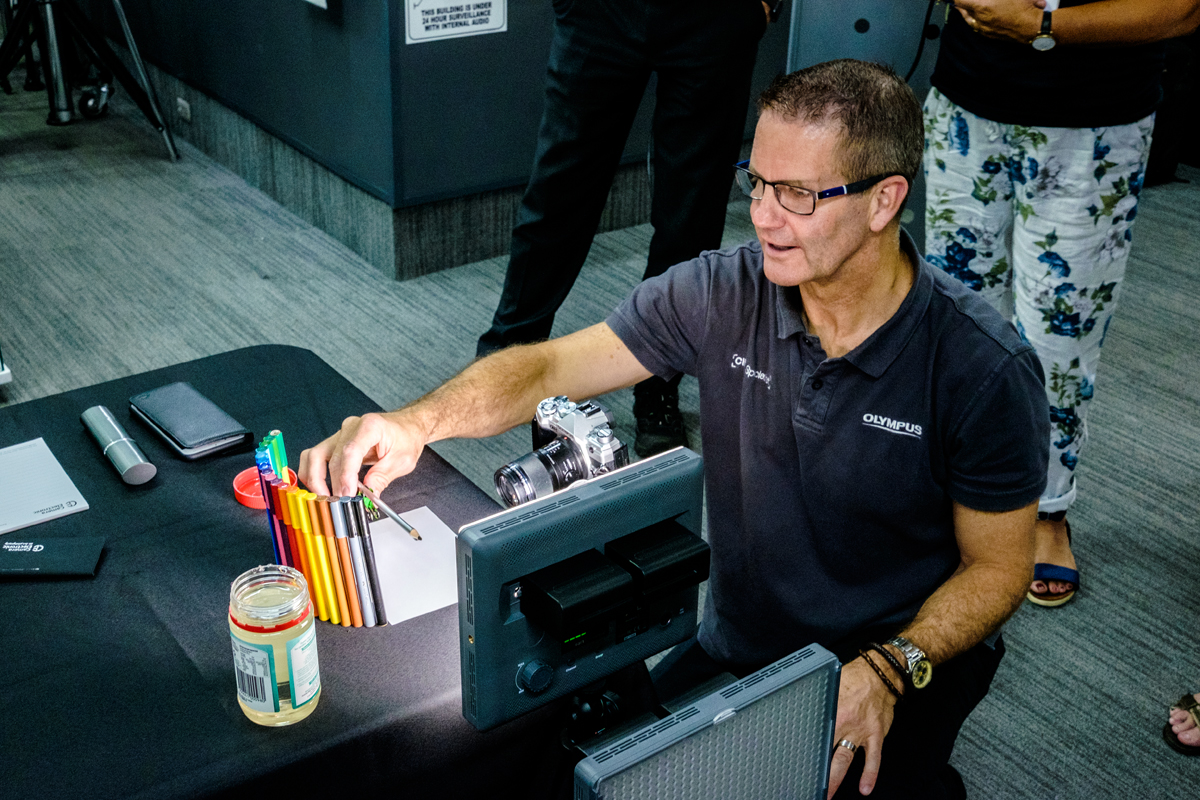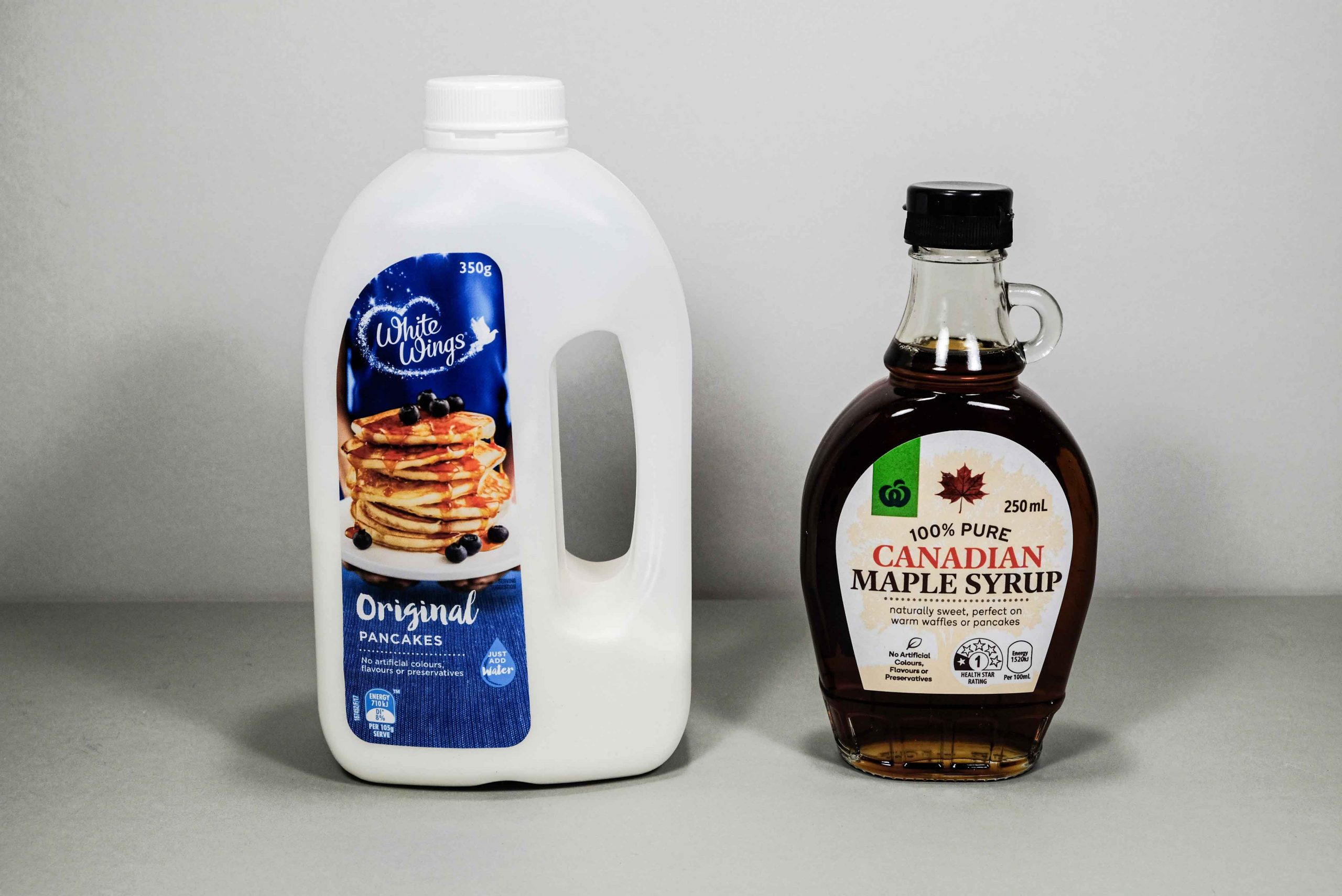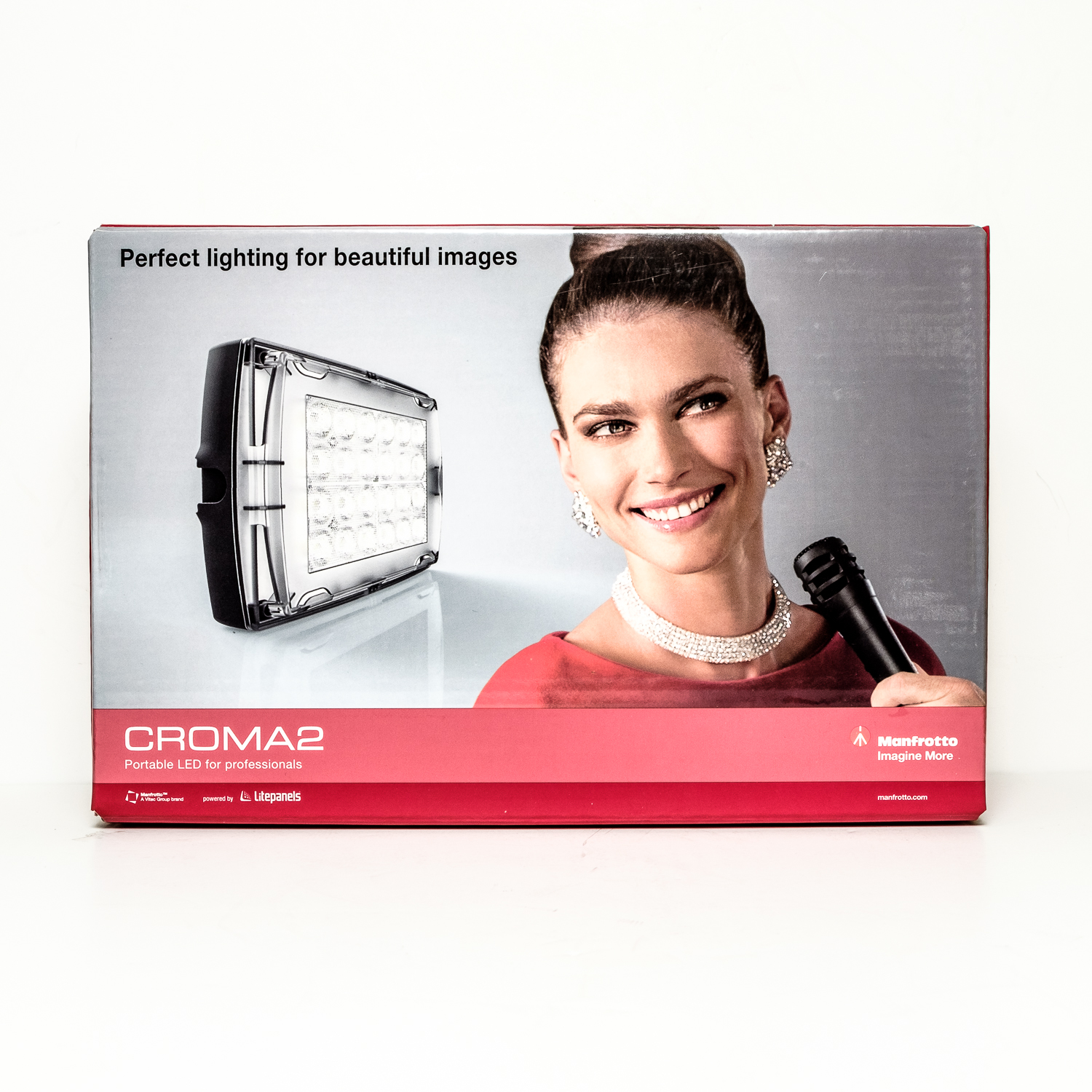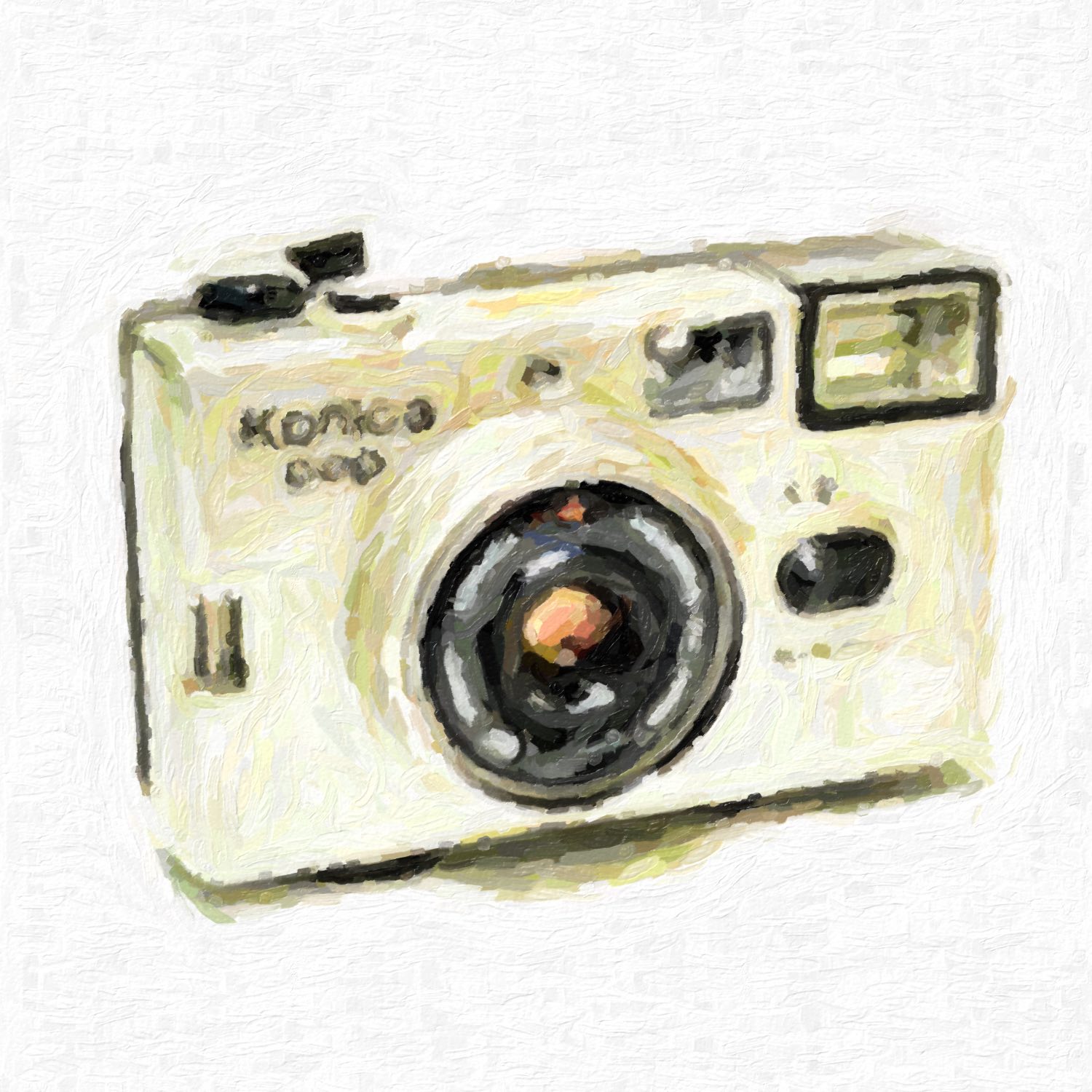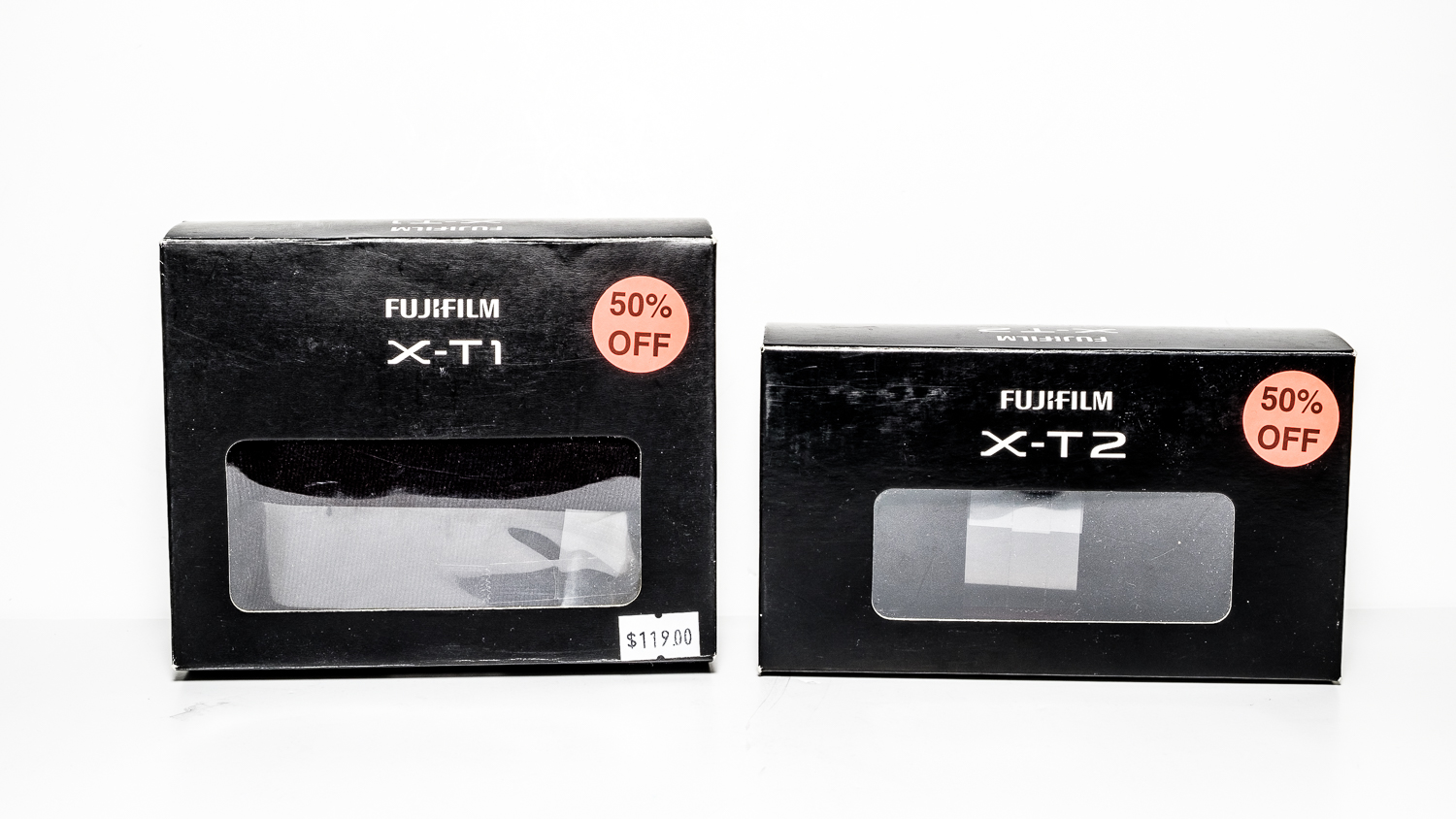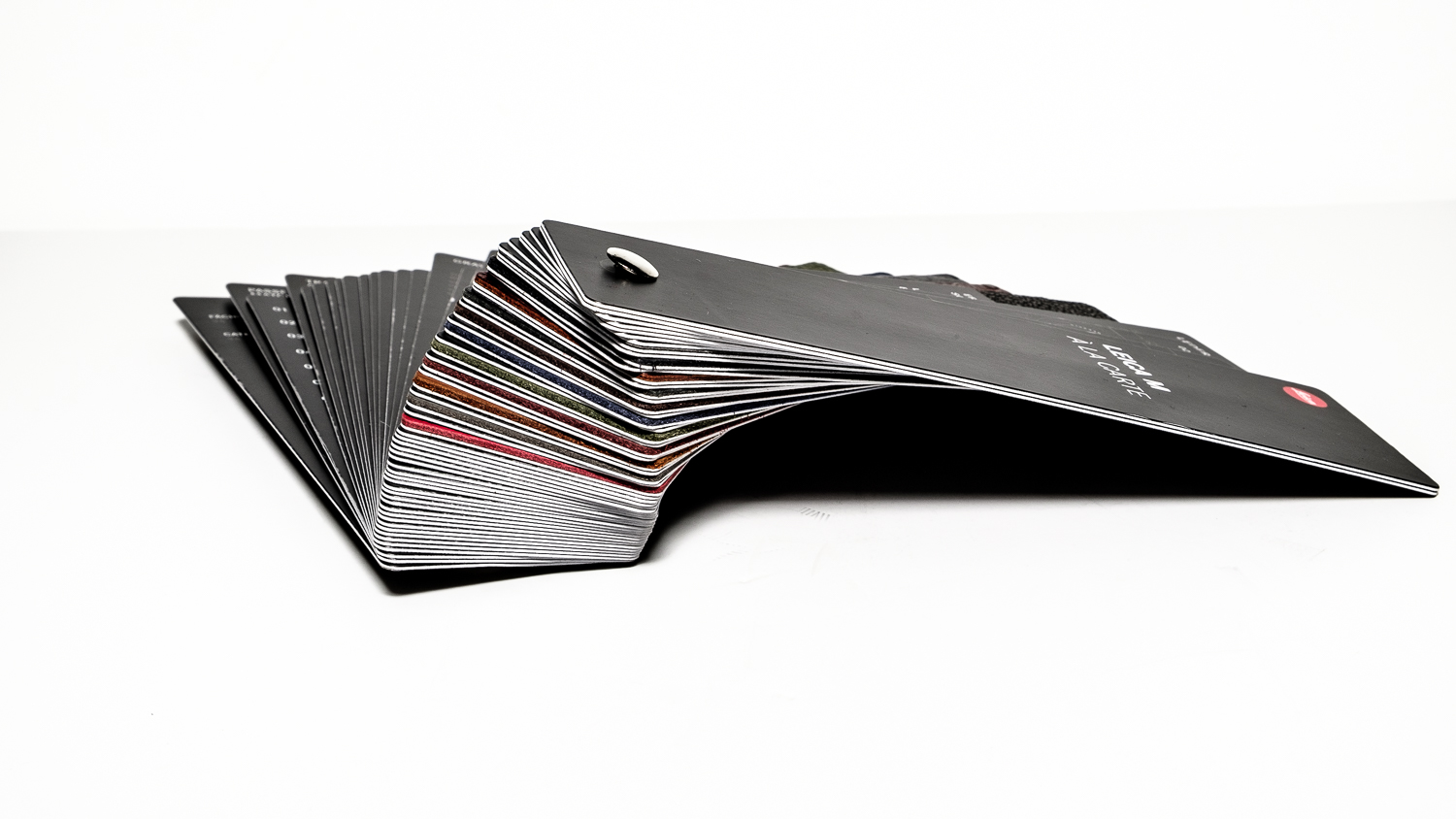28 Sep Everybody Gets A Prize! – Part Three
And if you hit the focus stacking piñata hard enough, all sort of cameras and systems fall out! I thought It was only me and the Olympus users who were in on the secret of automatic focus stacking. Hah. It looks as though lots of people using a modern mirrorless from one of the big Japanese makers - and some who are using DSLRs - can get lucky. My Fujifilm X-T2 and many subsequent models have the auto bracketing. Olympus cameras do - Panasonic cameras do ( though they use a slightly different idea that makes use of a 4k burst while running through the focus range ) and YouTube says newer Sony picture boxes will do it too. How about Nikon? Now that they are producing top-quality mirrorless cameras - the Z 5 , Z 6, and Z 7, surely they might be candidates? I called Michael Philips, our state Nikon Australia expert, and put the question to him. He confirmed the good news, and went off and did some experimenting of his own to find the answers to some of the questions....


